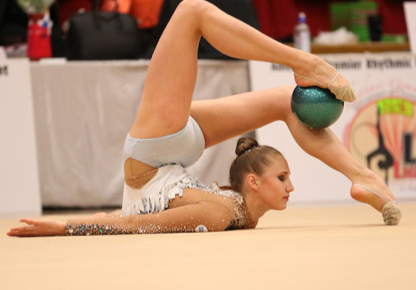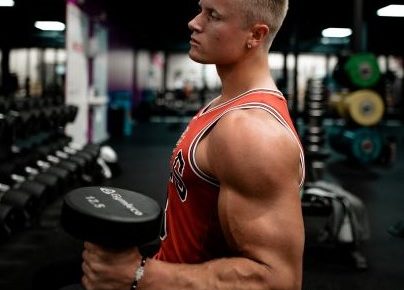What is hypermobility syndrome (HMS)?
Being hypermobile means some or all of your joints have an unusually large range of movement. This means you can move your limbs into positions that others can’t. This is due to the genetic differences in the flexibility or ‘stretchiness’ of the connective tissue in our bodies (ligaments, tendons, muscle, skin).
HMS can sometimes be confused with being called ‘double-jointed’. If you are generally more flexible or have a special party-trick it doesn’t necessarily mean that you have HMS. It is suggested that 10-30% of adults have some form of hypermobility with only 4-15% of people having Hypermobility Syndrome.
Is this bad?
No! Most often people don’t even realise their joints are more mobile than others. However it can occasionally cause symptoms such as pain, recurrent strains and sprains, joint dislocations, reduced balance and co-ordination. Don’t forget being extra mobile in some joints doesn’t mean you have HMS.
Hypermobility Syndromes exist on a spectrum, with some specific types being more severe than others. Conditions that can cause hypermobility such as Ehlers-Danlos Syndrome and Marfan Syndrome. At Chews Health we will check to see if your hypermobility could be as a result of a specific condition as it may require a review with your GP.

How do we assess for hypermobility?
Amongst other questions and assessments there are two classification systems that can be used. They don’t necessarily mean you have HMS but they can provide a clue!
Beighton Score – out of 9 one point for each
- Bend right little finger back past 90 degrees
- Bend left little finger back past 90 degrees
- Bending right thumb so it touches your forearm
- Bending left thumb so it touches your forearm
- Straightening right elbow beyond straight
- Straightening left elbow beyond straight
- Touching the floor with flat palms
- Lying flat leg keep your straight knee touching the floor can you lifting heel off
- Lying flat leg keep your straight left touching the floor can you lifting heel off
Brighton Criteria – Major and minor symptoms
Major – Beighton score of 4+; joint pain 3 months; in more than 4 joints
Minor – Beighton score of 3 or less; joint pain less than 3 months; dislocation or slipping out of joint (subluxation); soft tissue injuries like tendon problems; stretchy skin.
If you have two major, one major and one minor or 4 minor you are likely to have HMS.
Are there any benefits from extra joint movements?
Yes! Having additional movement at certain joints can help you to throw a ball further or stretch more. This is helpful in sports such as cricket and gymnastics and sportspeople who can control their joints and body are able to perform amazing movements and skills that other couldn’t dream of.

Think you could have hypermobility or HMS?
Don’t worry or panic, come and see us at Chews Health and we can check for any specific signs and symptoms of other medical conditions such as Ehlers-Danlos Syndrome. We can then help you get the advice and support you may need.
So long as we don’t expect a specific medical condition requiring further medical assessment, we can help you to manage your symptoms with advice on lifestyle, activity and even helpful rehabilitation exercises.
As mentioned above, having hypermobility and being able to control your body can be a huge advantage in sport! And with the right training programme hypermobile people can achieve truly remarkable feats!


